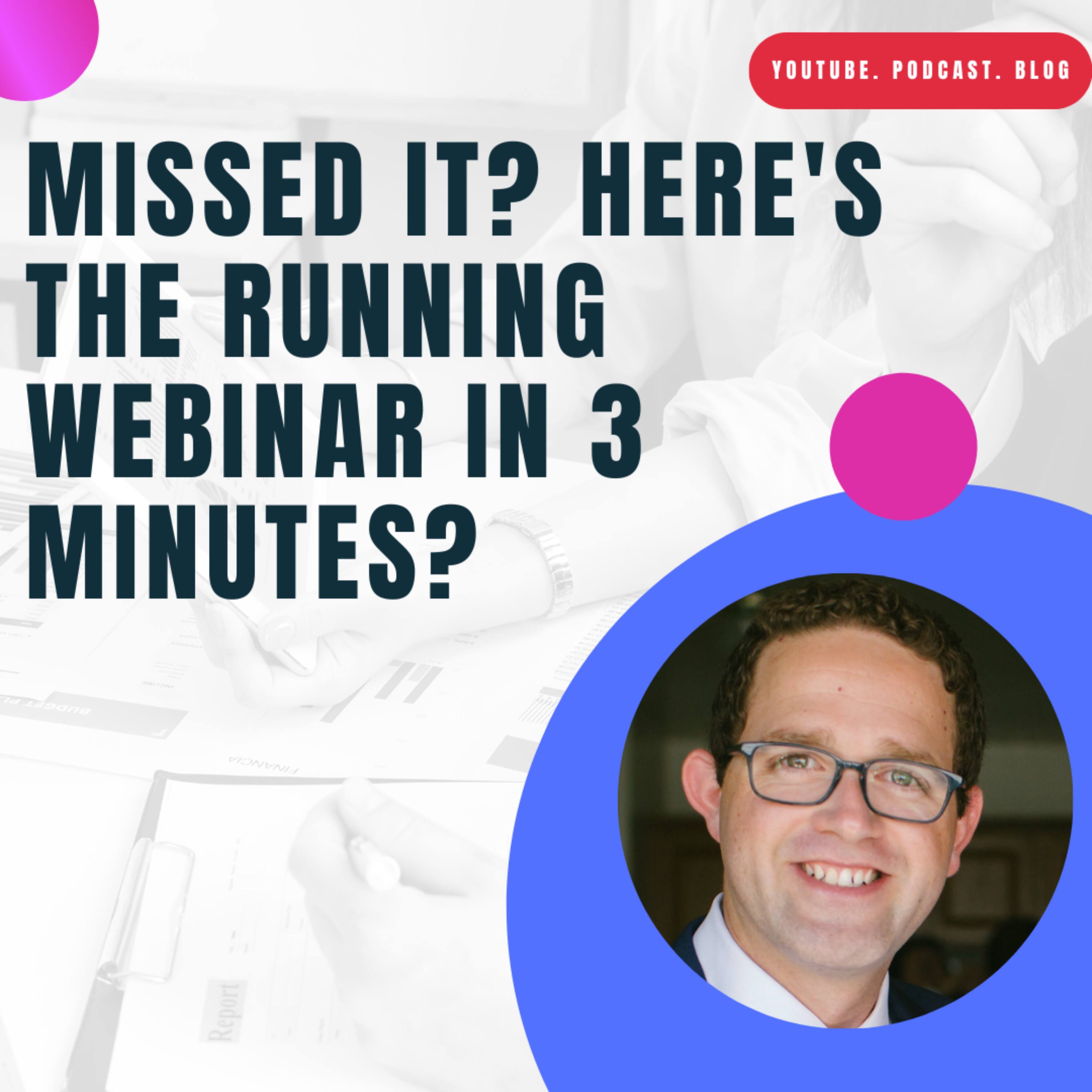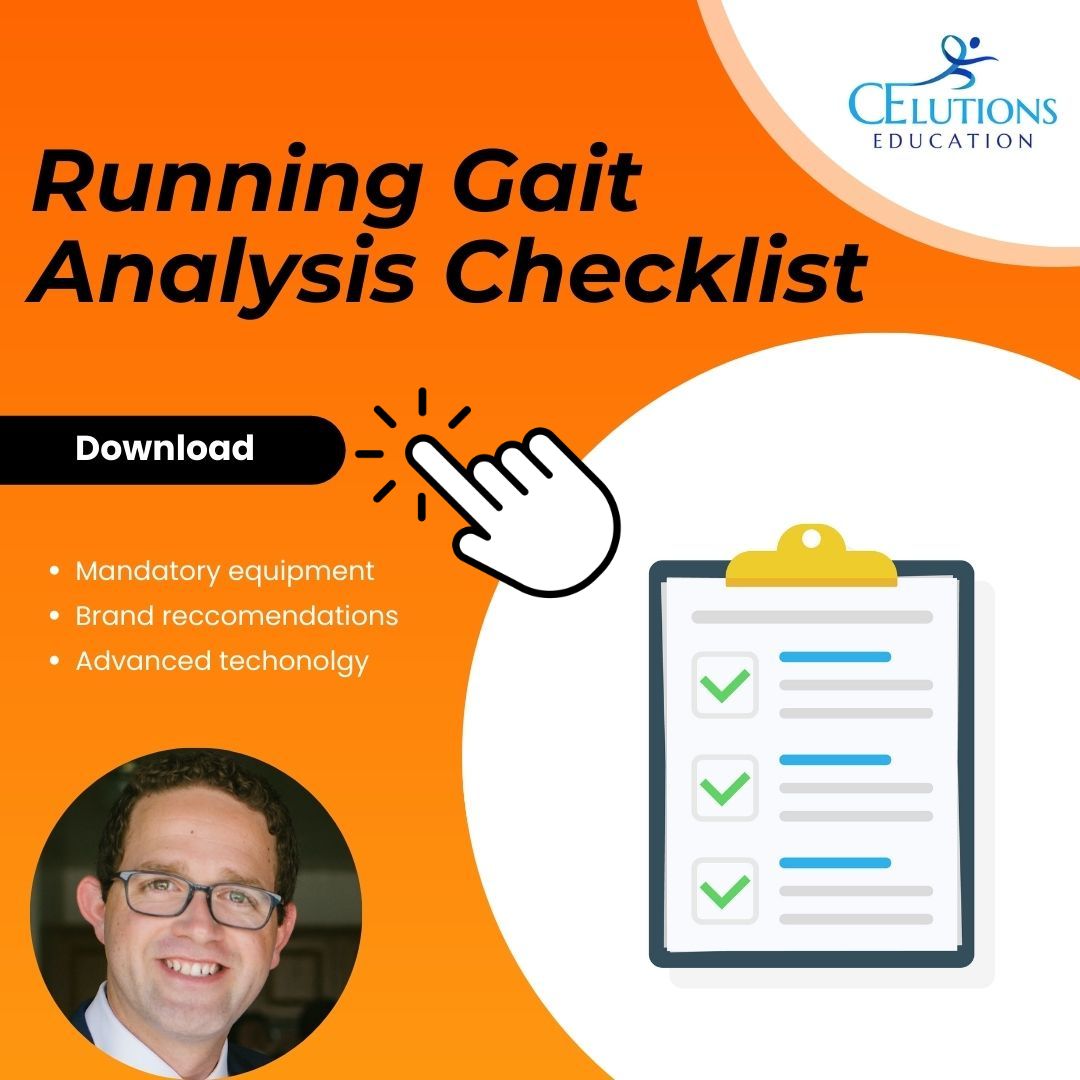Missed It? Here's The Running Webinar In 3 Minutes
May 18, 2023
In case you missed it, last week we held our inaugural webinar, “The Analysis And Treatment Of Runners: A Multiview Discussion” where we discussed running gait analysis and treatment approaches for patients. Our panel of academic, clinical and coaching running experts analyzed running case studies and explored topics such as running footwear, therapeutic exercise, gait retraining, training regiments and the latest evidence based research to improve patient outcomes. Here is the 3 minute review.
The Running Webinar Panelist
Each of our knowledgeable panelists brought their own unique perspectives to running gait analysis and the treatment of runners. We heard from academic running experts, Drs. Gregory Holtzman and Tamar Brand-Perez, offering the latest running related research trends and treatment modalities. We also heard from a practicing clinician, Dr. Torey Page, who drew from his experiences seeing patients with valuable insight into treatment outcomes. And lastly, to make for a well-rounded discussion, we heard from a running coach, Eve Shaeffer who gave us a glimpse into training regimens, workout prescriptions and runners' pain points while they are not seeing a healthcare provider.
The Case Studies
Case #1
Patient is a 45 year old female runner that presents with right plantar fascia pain that started 3 months ago while running. She notes she only gets pain (4/10) when running over 3 miles at a 9 minute mile pace.
Case #2
Patient is a 35 year old male runner who has had pain (4-6/10) on and off over the past 4 years while running. He reports pain behind his right kneecap (points to the lateral aspect of the patella) which hurts when he goes down hills and occasionally when he descends stairs.
Case #3
Patient is a 41 year old male runner with pain (5/10) while running posterior to the R medial malleous and R medial aspect of the tibia. The patient notes he consistently has pain while running on flat ground and going down hills.
The Questions For Panelists
The goal of this webinar was to touch on questions practicing clinicians have about running gait analysis. Many of the questions we asked our panelists were designed to provide an outline for a PT plan of care. Additionally, our webinar attendees provided excellent questions for our panelists to discuss. Panelists questions included:
- What is the suspected mechanism of injury for this runner?
- What gait deviations should be addressed?
- How would we address pertinent gait deviations with gait retraining or other methods?
- What footwear changes would help resolve this patient’s symptoms?
- What therapeutic exercise would benefit this runner?
- Would this patient benefit from follow up visits or a re-analysis?
- What changes should be made to this patient’s training schedule and training approach?
Watch on YouTube:
Takeaways From Our Discussion On Running Case Studies
Having a critical, well-trained eye to accurately analyze running gait, identify the root cause or potential risk factor to injury and create a plan of care to address gait deviations is essential but there was a more important takeaway from the Running Webinar. During each case study we realized how a plan of care for runners must look at the entire individual, not just snapshots of their running gait. For example during our first case study we found the patient had significant medial collapse of the LEs and overpronation that was partially responsible for her mechanism of injury. However, on further discussion we correlated how her postpartum status also had contributing factors to her cause of injury. For the second case we had an ah-ha moment when we realized that much of the patient's poor running gait and pain was derived from his lack of ability to hold his pelvis in posterior pelvic tilt and control his postural position. Finally, during the last case study we concluded the patient was falling forward too much while running which was contributing to an accelerated loading response and ultimately increased stress on the tibialis posterior muscle. These findings helped remind clinicians of the importance of assessing the entire runner during a gait analysis and not only looking at one aspect of a runner's gait when making a plan of care.
How To Become More Confident In Your Running Gait Analysis
Performing a running gait analysis can be intimidating for many clinicians. If you are interested in learning more about providing a running gait analysis and starting your own running gait analysis clinic check out our continuing education course “The Essentials of Running Gait Analysis”. In this course you will learn how to analyze running gait and start your own gait analysis clinic . Lastly, if you have questions about this content or the course feel free to reach out to us to discuss and we will personally respond to your questions.
Listen to the podcast!
If you haven’t done so already grab the “24 Hour Gait Analysis Checklist” and start your own running gait analysis clinic.


